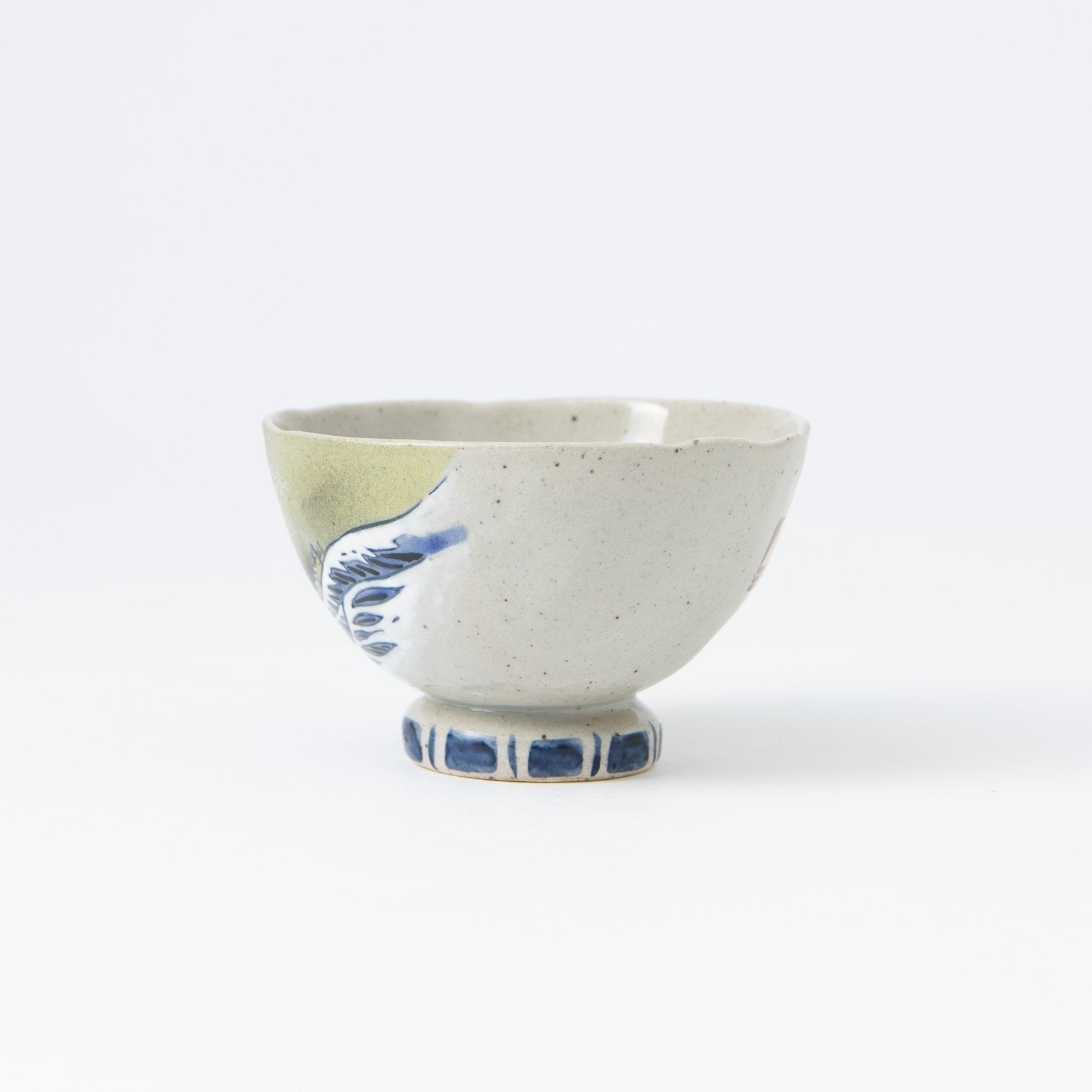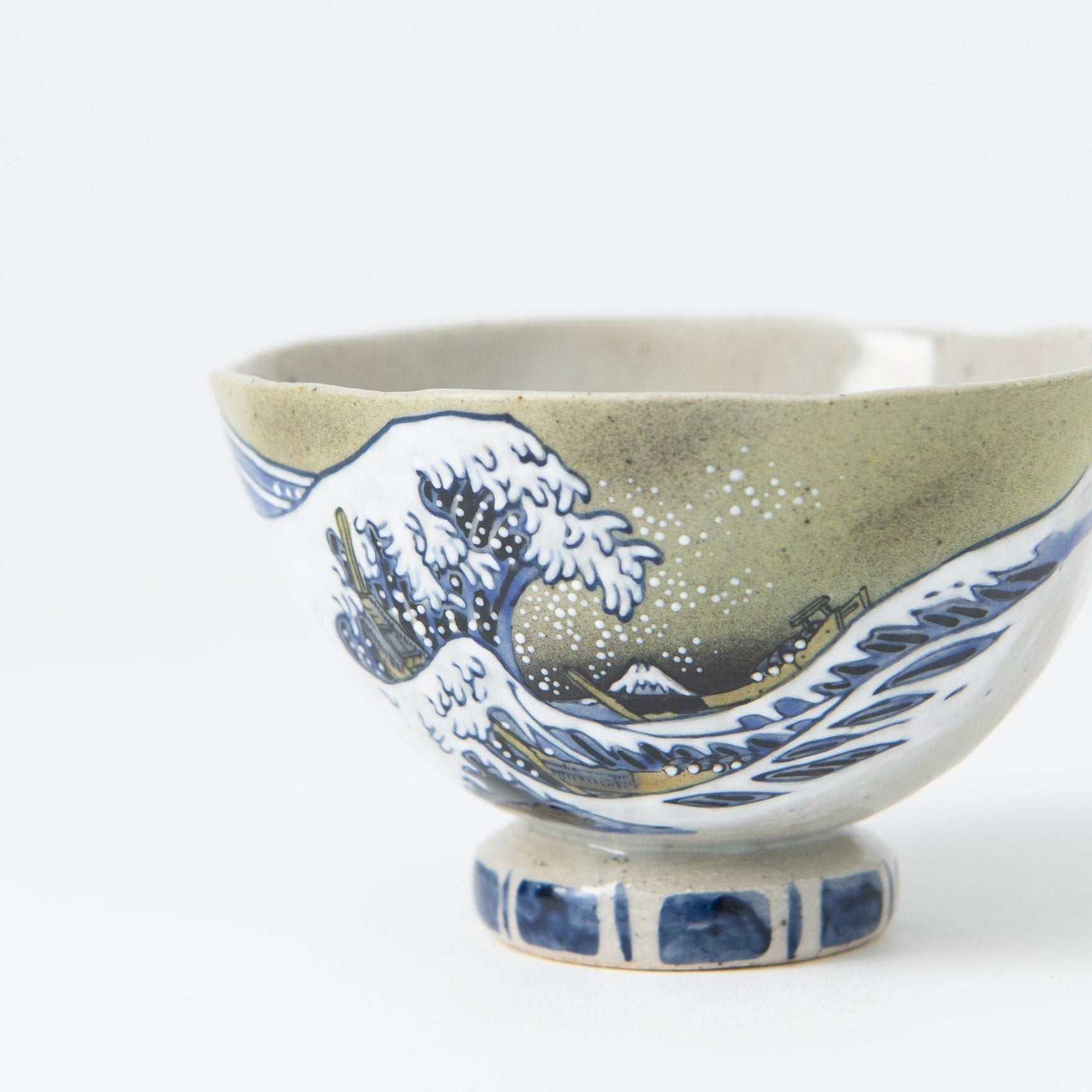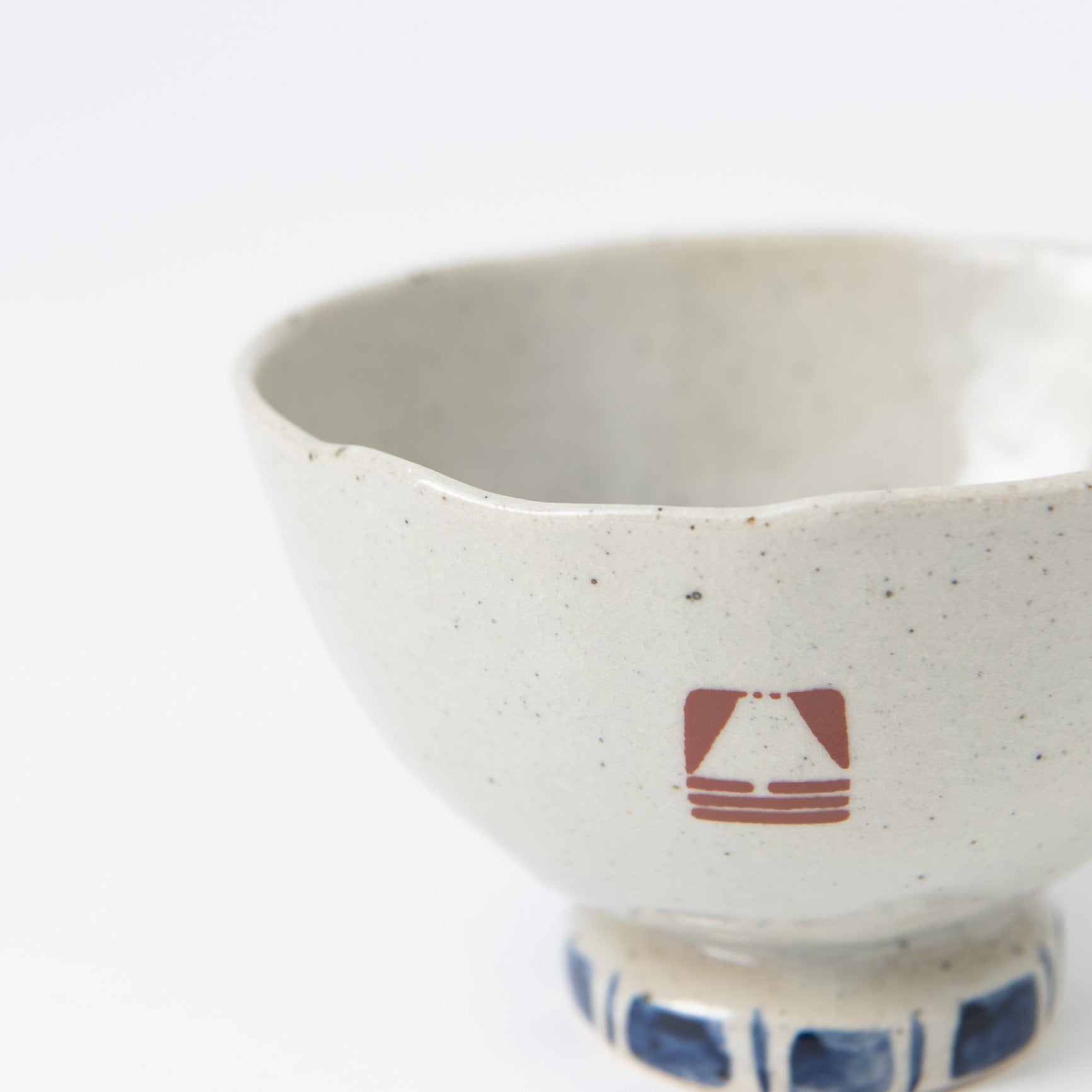














Bizan Kiln Hokusai Wave Kutani Japanese Rice Bowl
Estimated Shipping Widget will be displayed here!
This bowl has a painting of Hokusai's "The Great Wave off Kanagawa" and it features a warm handicraft shape and a unique foot design.
Throughout his life, Hokusai painted waves as the main subject of his paintings along with Mount Fuji. Hokusai's expression of the ever-changing movement of water captures the hearts of those who see it, even in modern times.
Each piece is handcrafted by an artisan of Kutani ware. It is painted with Japanese color paints using a brush, as you can see the painted part is slightly thickened.
With the combination of Kutani ware with the masterpiece of the genius artist Hokusai Katsushika, the bowl has truly an eye-stopping charm for anyone.
It is perfect for serving rice as well as yogurt, ice cream and fruit.
DETAILS
| Quantity | 1 |
| Size | D 11 cm (4.3 in) x H 7.2 cm (2.8 in) |
| Material | Stoneware |
| Microwave | Yes |
| Dishwasher | Yes |
Maker / Brand
At Bizan Kiln, each product is hand-painted by artisans who put their heart and soul into it. The viscosity of the paint is frequently adjusted according to the design, the brushes used and the techniques used are changed, and the work is finished with the skills of a craftsman. The graceful, delicate, and bold colors and the sense of dignity are typical of Kutani ware. You will be able to see and feel the warmth of the handiwork and the artistic beauty of the hand-painted Kutani ware.
Crafts
Kutani ware is a pottery produced in the Kaga region of Ishikawa Prefecture and it has a history of over 350 years. It is characterized by the heavy brilliance of the five colors of green, yellow, red, purple, and navy blue that are applied to the bold and daring lines. Its long history has evolved through the tireless efforts and enthusiasm of people who have sought innovation while maintaining tradition.
The beauty of the various styles and methods of painting is known as "Japan Kutani" and is highly regarded around the world.
Choose options















Estimated Shipping Widget will be displayed here!
Rice Bowls
Rice bowls are indispensable tableware for the Japanese dining table. Since they are used so often for Japanese food, many people are particular about them. It is important to choose one that is not only beautiful to look at, but is also the right size for your hand and easy to hold.
We recommend that you get a dedicated rice bowl for each member of your family. It's also a good idea to have a few available for different occasions, in varying colors and patterns that match the season and table setting.

Waves and Ripples: Beautiful Gifts Reflecting Water's Grace



